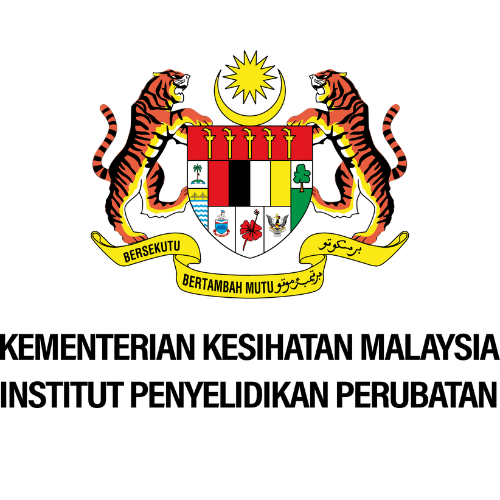Bruguiera gymnorhiza (L.) Savigny
Family
Rhizophoraceae
Synonyms
Bruguiera conjugata Merr.
Vernacular Names
| Malaysia | Bakau besar, tumu merah (Peninsular), berus kurong (Sarawak), putut (Sabah). |
| English | Black mangrove, Burma mangrove. |
| Indonesia | Putut (Sumatra), tanjang (Java). |
| Thailand | Kong-kang hua sum, prasak (Central). |
| Singapore | Tumu merah. |
| Papua New Guinea |
Mangoro (Pidgin). |
| Philippines | Busaing (General). |
| Myanmar | Byu-u-talon. |
| Cambodia |
Kong kang, prâsâk’ nhii, prâsâk’ tôôch. |
| Vietnam | V[ej]t d[uf]. |
Geographical Distributions
Bruguiera gymnorhiza is distributed from tropical East Africa and Madagascar, through South and Southeast Asia, to north-eastern Australia, Micronesia and Polynesia.
Description
Bruguiera gymnorhiza is a small to fairly large tree that can reach up to 40 m tall. The bole measures up to 70(-90) cm in diametre, buttresses are present, with kneed pneumatophores and sometimes with stilt roots. The surface of the bark is fissured to smooth, distinctly or obscurely lenticellate and greyish to blackish or brown. The inner bark is usually pinkish and often fibrous.
The leaves are decussate, simple, leathery, entire, usually pointed at the apex, black dotted below and with petiole. The stipules are present. The flowers are 8-16-merous, either solitary or large, or clustered in up to 6-flowered cymes, small and bisexual. The sepal is lobed while the petals are 2-lobed and with appendages. The stamens are twice as many as the petals and are enclosed in pairs by the pouched petals. The inferior ovary is 2-4-locular with 2 ovules in each cell and the style is obscurely (2-)3(-4)-lobed.
The fruit is a berry, included in and adnate to the sepal tube. It is with persistent sepal lobes, 1(-2)-seeded and viviparous. Seedling is with cotyledons united at the base. The hypocotyl is cigar-shaped, cylindrical or obscurely ribbed, blunt and falls with the fruit.
Ecology / Cultivation
Bruguiera is a characteristic element of the middle and inner mangrove community, extending into the transitional landward communities, and often in ascending tidal parts of rivers. Its salinity tolerance is 1-3%. Annual rainfall should be over 1000 mm. Bruguiera gymnorhiza trees are often the largest and oldest ones of the mangrove, and their presence marks the final stage of the succession of mangrove towards swamp or dryland rain forest.
Line Drawing / Photograph
References
- Plant Resources of South-East Asia No.5(3): Timber trees: Lesser-known timbers.




